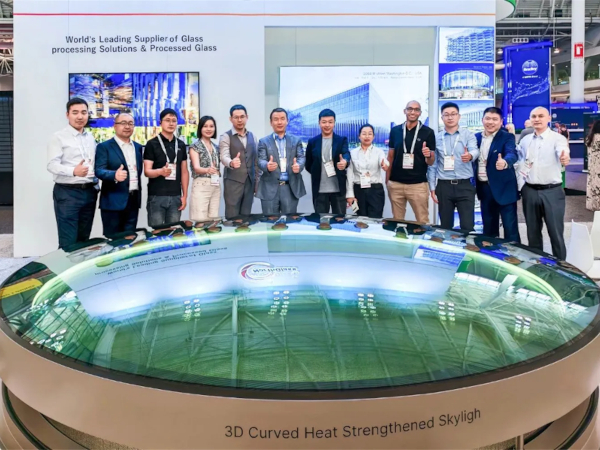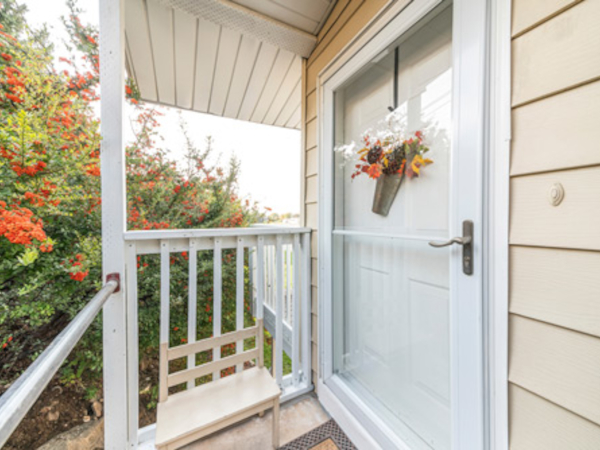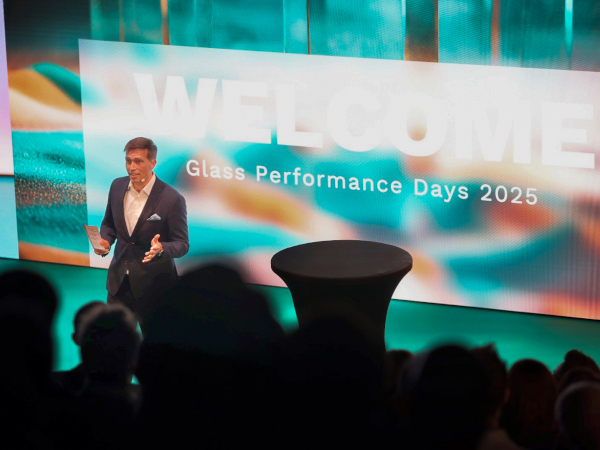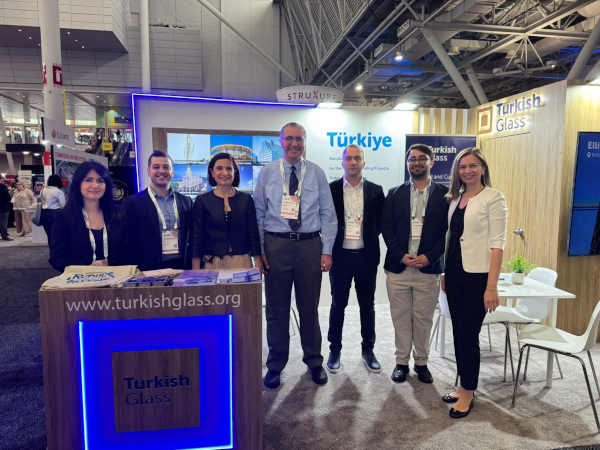
Date: 3 October 2016
During the American Architectural Manufacturers Association (AAMA) 2016 National Fall Conference, the AAMA Sustainability Steering Committee hosted two speakers who stressed the importance of wellness in buildings the industry assists in creating and renovating.
Lauren Wallace (Epsten Group) focused on the WELL Building Standard and the Living Building Challenge, followed by Dr. Elliott Horner (UL), who gave those in attendance information on indoor air quality testing and its merits.
"When we think of sustainability, we often think of environmental impact," said Mark Silverberg (Technoform), chair of the AAMA Sustainability Steering Committee.
"But 92 percent of costs are employee-related, instead of maintenance and operation. We can help reduce depression, a leading cost of lost time. Glass and glazing have a major opportunity of making this net positive contribution."
Wallace went over the WELL Building Standard, the first standard to focus solely on the health and wellness of the people in the buildings.
"We spend 90 percent of our time indoors, and we have potential to reshape public health and make a positive impact on wellbeing," said Wallace, adding, "Sitting is the new smoking."
The seven concepts of the WELL Building Standard are air, water, nourishment, light, fitness, comfort and mind.
Obviously, Wallace said, the fenestration industry can contribute to the light concept. The light feature involves daylight and glazing, plus things like lighting fixtures.
"All light, not just sunlight, contributes to our biological circadian rhythm, which dictates our sleep or wakefulness," said Wallace. "Throughout the day, light offers a cue that triggers reactions within the body directed to alertness, digestion and sleep."
Existing buildings can be WELL Buildings, too, said Wallace. There are new and existing core and shell compliance guidelines, plus renovation certification available.
Other fenestration aspects of the light concept in the WELL Building Standard include solar glare control, low-glare workstations and daylight modeling. In these areas, consider window shading and daylight management options.
The WELL Building seeks specific glazing with visible transmittance of 60 percent or more and vision glass with a Visible Light Transmittance of 50 percent or more.
"For daylighting fenestration, uniform color transmittance is important, too," concluded Wallace.
Horner took the stage following Wallace and stated the scope of his presentation.
"The theme is impacts of materials on environment," began Horner.
Indoor Air Quality (IAQ) refers to the air quality in/around buildings and structures, as it relates to health of occupants, explained Horner. Air pollutants are two to five times higher indoors than outdoors, per the U.S. Environmental Protection Agency (EPA).
Indoor air pollution leads to health consequences like asthma, allergies, respiratory disease, neurological disease, cancer and others.
"Poor indoor air quality is seen by EPA as one of the greatest modern risks to human health," said Horner.
Better IAQ means source control (things like banning indoor smoking) aligned with improved ventilation.
IAQ tests scan for things like Volatile Organic Compounds (VOCs), inorganic and organic particulates, formaldehydes, mold and mildew.
A chamber of air is collected and tested. The product emissions testing process involves predicting exposure levels from screening test results using proprietary decay models.
Toxic substances are identified, and an exposure model is developed, followed by comparing predicted exposure to health benchmarks.
Many programs exist, like LEED, CALGreen, International Green Construction Code (IgCC), German Sustainable Building Council (DGNB), GreenStar and others, as well as building certification programs.
The benefits of product emissions testing include reaching new customer markets, product differentiation through certification, reducing the risk of lawsuits, plus research and development to improve products.
"The cost of poor indoor air quality is great, including $20 billion per year in workers' comp and healthcare," concluded Horner.
More information about AAMA and its activities can be found via the AAMA Media Relations page or on the AAMA website, http://www.aamanet.org.
AAMA is the source of performance standards, product certification and educational programs for the fenestration industry.(SM)
 600450
600450










Add new comment